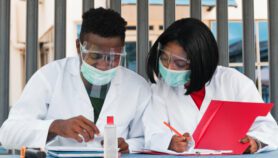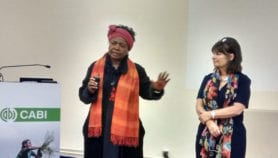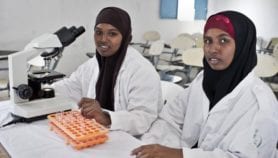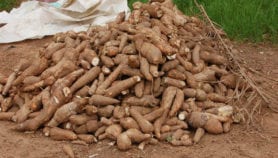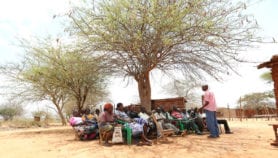By: Carol Marzuola
Send to a friend
The details you provide on this page will not be used to send unsolicited email, and will not be sold to a 3rd party. See privacy policy.
|
As in many developing countries, most articles cover science news from wealthier, developed countries — a situation that some Colombian journalists would like to change. They have therefore proposed to create a news agency that will report only on local science and technology. And they’ve received word that the Colombian Institute for the Development of Science and Technology (Colciencias), the federal agency responsible for promoting research in Colombia, will support their efforts.
When the news agency starts to operate, it will be the only science news service working at a national level in Latin America, according to Lisbeth Fog. Fog, a freelance science writer and president of the Colombian Association of Science Journalism (ACPC) in Bogotá, will be the director of the agency. “The existence of a science and technology news agency will fill a void in Colombia and could turn into a future example for all of Latin America,” she says.
Fog and her colleagues believe that local media outlets don’t give enough coverage to the work of Colombia’s 3,000 researchers, even though they have doubled their publications in international journals in the last decade. Darío Sanchez, director of Colciencia’s Division of Science, Communication and Culture, says that newspapers in Colombia devote only 10 per cent of their science pages to local science news, and radio and television give less than 1 per cent.
Notable Colombian accomplishments usually make local news, but then often go unreported in the international arena. Recent examples include a successful larynx transplant — only the second in the world — that was performed by a medical team from the University of Antioquia in Medellín, and advances made by Colombian scientists on leishmaniasis, a tropical parasitic disease.
Sanchez believes that both national and international media would cover this and other local news if journalists were to produce more provocative and substantive stories. For that to improve, he says, the 30 or so science journalists in the country would needed to be grouped under one umbrella organisation. “If professional science journalists used the news agency to send their articles to the media, they would get more credibility and space,” says Sanchez.
The agency will work with both journalists and scientists to identify and report on current developments. It will then send press releases to more than 200 national and international media organisations and post them on its website.
The agency also plans to train future science journalists. In Colombia, only four out of 40 undergraduate journalism programmes offer courses in science writing, and graduate programmes are nonexistent.
Colciencias has promised US$10,000 to the agency, which needs another US$18,000 to get it rolling. “We are certain that with the support of national and international financial institutions, our project will convert into reality starting in 2003,” says Fog,
Fog says her personal goals as director are “to advise the citizenry on the activities of the Colombian scientific community, which performs research and obtains results, and to tell the world that in Colombia, in addition to guerrillas and paramilitary groups, there are brave, intelligent, and noteworthy people.”
Fog’s presentation on science journalism in Latin America at a Science and the Media workshop in Tobago, February 2002
Photo credit: Lisbeth Fog
More on Networks
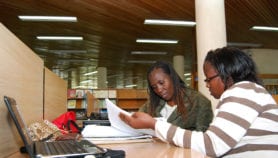
Script media release
Journalists offered ‘big break’ mentoring opportunity from Radio Nigeria
03/04/19



